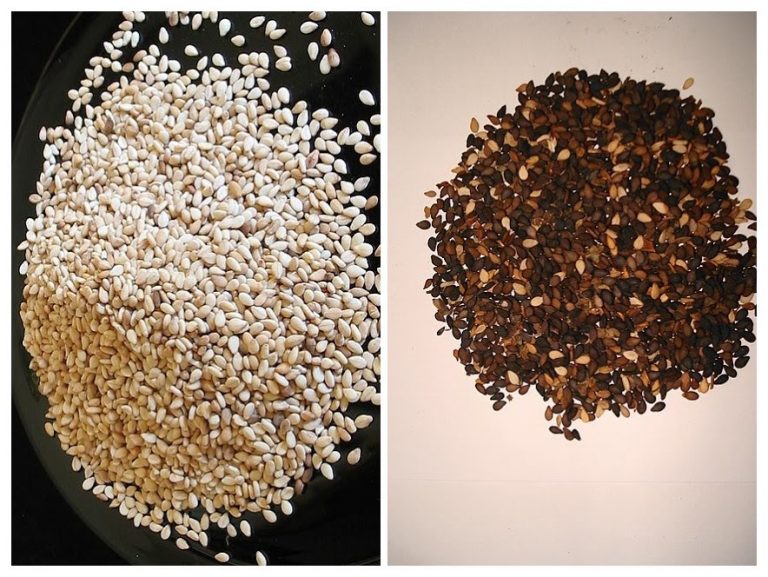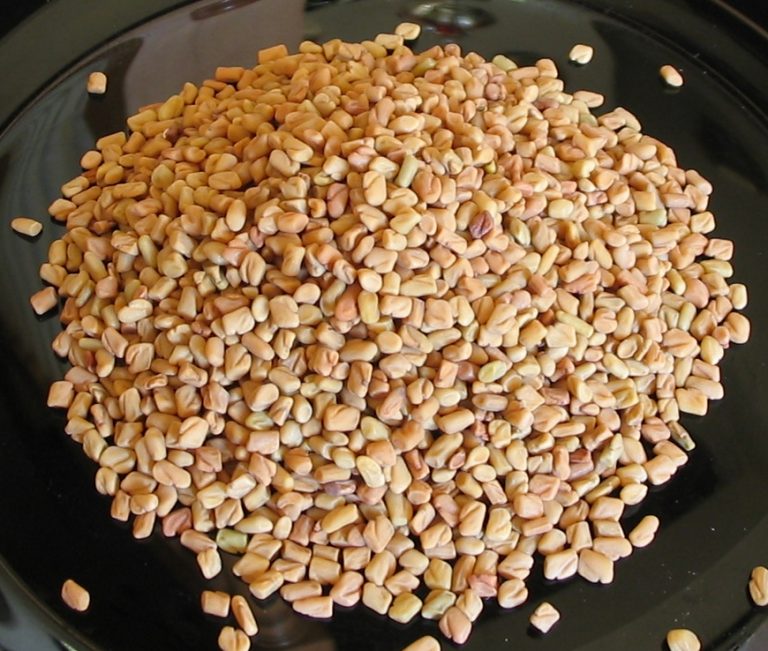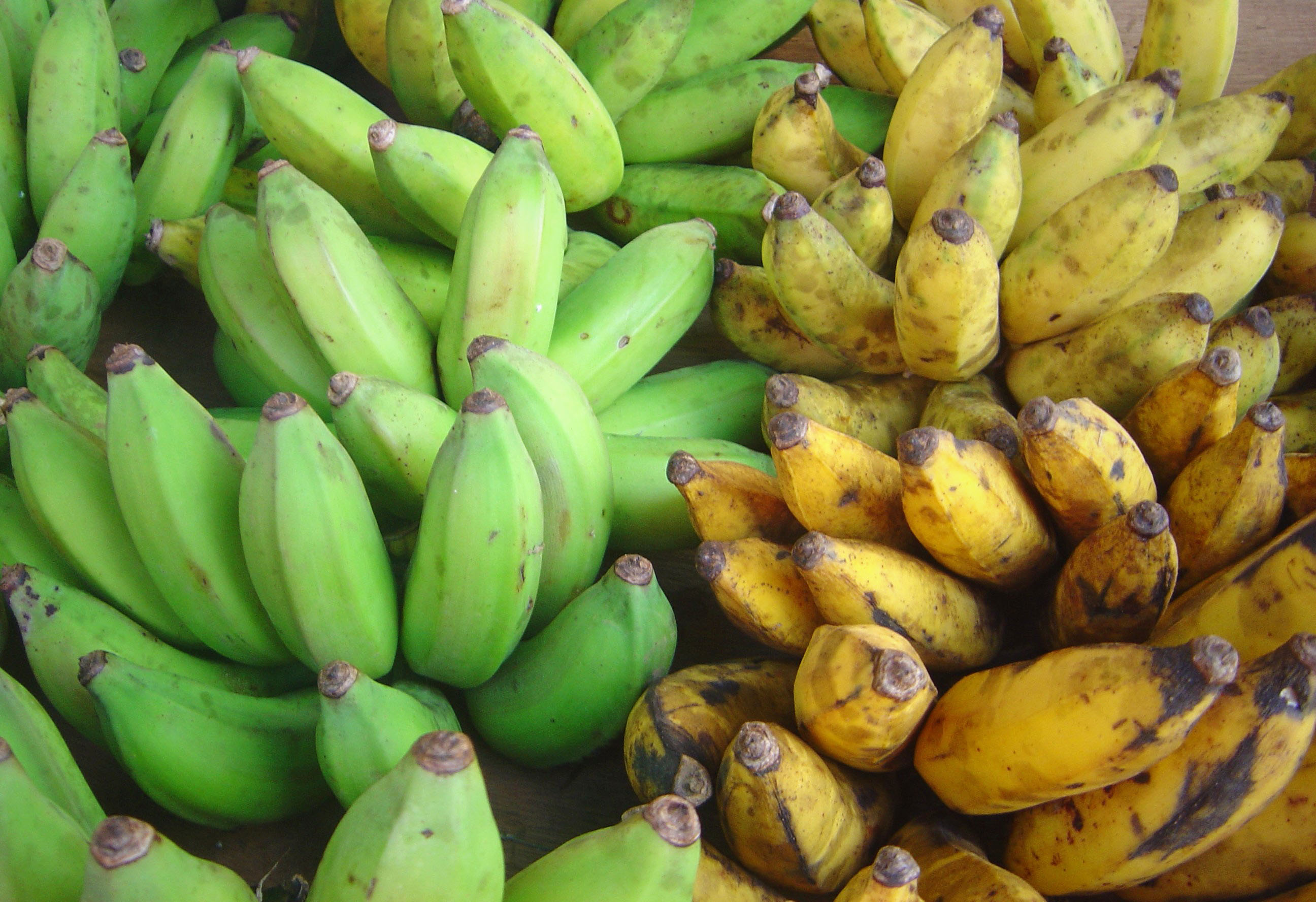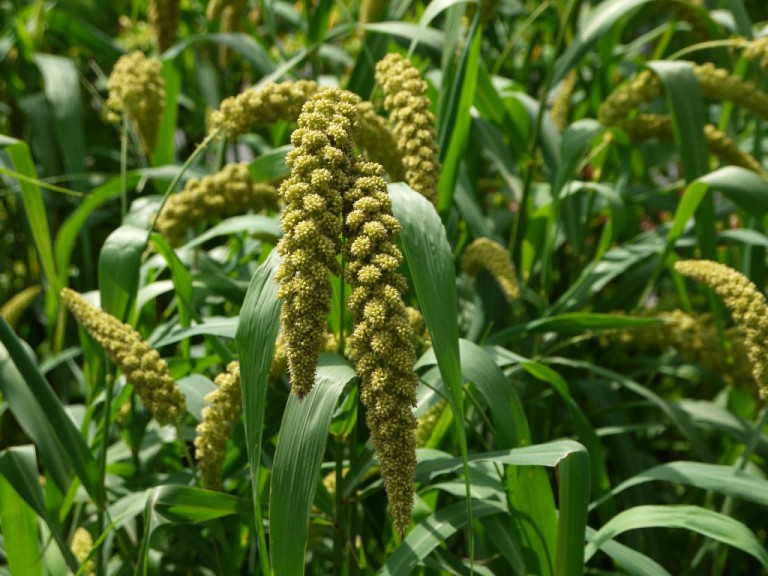benefits, difference between white and black sesame seeds

White and black sesame seeds are both varieties of the same plant, Sesamum indicum, and they offer similar health benefits. However, there are some differences in terms of appearance, flavor, and nutrient composition. Here are the benefits and differences of…




